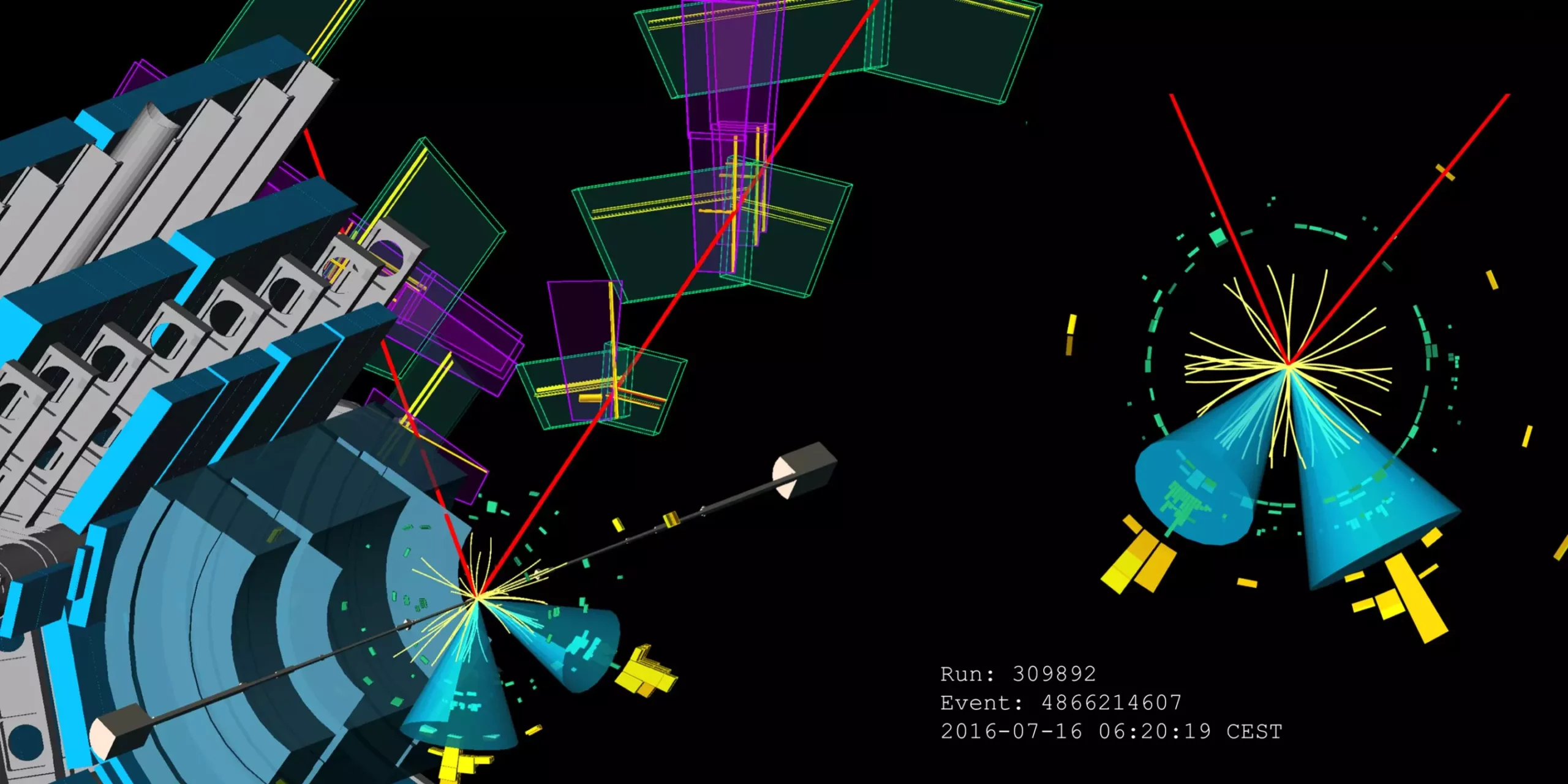The Higgs boson has emerged as a pivotal element in our understanding of the universe, primarily through its role in the mechanism of electroweak symmetry breaking. This theory posits that the Higgs field endows particles with mass. Exploring how the Higgs interacts with various elementary particles—specifically fermions and bosons—is crucial for deepening our knowledge of these fundamental processes. The ATLAS collaboration, a key player in this endeavor, has been focusing on high-precision measurements of these interactions to elucidate the properties of the Higgs boson further.
At the recently convened International Conference on High-Energy Physics (ICHEP) 2024, the ATLAS collaboration unveiled new measurements regarding the interactions of the Higgs boson with the three heaviest quarks: top, bottom, and charm. This updated data springs from a comprehensive reanalysis of the Large Hadron Collider (LHC) Run 2 data collected from 2015 to 2018. What sets these latest findings apart is the adoption of advanced analytical techniques, which have significantly refined our approach to detecting and analyzing particle collisions.
A critical aspect of Higgs decay analysis involves jet tagging. When a Higgs boson decays into a pair of quarks, it generates a highly concentrated spray of particles, or “jets,” in the detector. Jet tagging is the process by which physicists determine the “flavor”—or type—of quark that gives rise to a particular jet by examining the unique characteristics intrinsic to that jet. With the introduction of bespoke techniques tailored for identifying charm and bottom quarks, the sensitivity of experiments has increased markedly.
The ATLAS researchers reported improvements that boosted detection sensitivity for the Higgs decay modes H → bb and H → cc by 15% and a factor of three, respectively. These improvements led to significant milestones, including the inaugural observation of the process WH, H → bb with a notable 5.3 sigma significance, alongside measuring ZH, H → bb with an impressive 4.9 sigma significance. These results underscore the advanced capabilities of contemporary analytical frameworks within particle physics.
However, the decay of the Higgs boson into charm quarks remains elusive, primarily due to its suppressed occurrence compared to the decay into bottom quarks—by a mass factor of 20. Therefore, while ATLAS has set an upper limit on the rate of the process VH, H → cc at 11.3 times the Standard Model expectation, the challenge persists. The results obtained represent some of the most precise evaluations of Higgs interactions to date and still fall within the theoretical predictions laid out by the Standard Model.
A significant portion of the new research focused on the Higgs boson’s interactions with top quarks. This process is notably complex, involving challenging final states obscured by substantial background noise from competing top quark processes. Nevertheless, with a more nuanced understanding of these background interactions, the new analysis doubled the sensitivity, measuring a signal strength for ttH, H → bb production at 0.81 ± 0.21 relative to Standard Model predictions.
As the LHC continues to ramp up its operations into Run 3, the prospect of refining these measurements further becomes tantalizing. The anticipated arrival of the High-Luminosity LHC (HL-LHC) is particularly exciting, ushering in an era where previously challenging detection processes, such as H → cc, may become feasible.
The ongoing efforts to measure the interactions of the Higgs boson with elementary particles are more than just academic pursuits; they possess profound implications for our understanding of the universe’s fundamental structure. Each new measurement brings us one step closer to validating or challenging the existing frameworks of particle physics. The precision with which we can study these interactions not only tests the robustness of the Standard Model but also lays the groundwork for discovering new physics, potentially unlocking secrets that remain hidden within the quantum realm.
The ATLAS collaboration’s latest findings signify a pivotal stage in Higgs boson research, showcasing enhanced methodologies that promise to unravel the complexities of particle interactions. With the physics community holding its collective breath for future results, the horizon looks bright for the continued exploration of the Higgs boson’s fascinating properties.


Leave a Reply